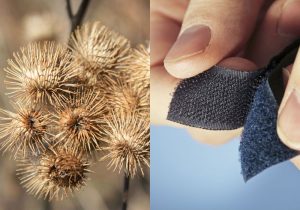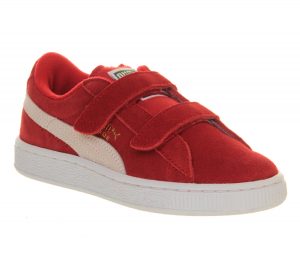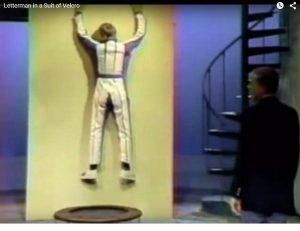From beads to boards to becoming a billionaire

Nick Woodman was failure, or at least his first two entrepreneurial attempts were.
His first attempt was an e-commerce brand – EmpowerAll.com – which aimed to sell electronics products for a mere 2% mark-up. Unfortunately it tanked, and fast.
His second start-up, for which he managed to raise $3.9 million was Funbug, “a gaming and marketing platform that gave users the chance to win cash prizes.” Like so many tech start-ups of the early 2000s, it didn’t gain traction and burnt through its money fast.
Nick needed a break, to lick his wounds and, like any good Californian, to go surfing.
The problem Nick encountered was close to heart and his love of surfing. It was how to capture the thrill and excitement of riding a ‘barrel’ – the cylinder inside a wave. Surfing is usually filmed from afar, often from the shore or maybe a boat or jet-ski. Nick wanted to have images from the inside out not outside in.
His solution was to attach a camera to his wrist and his first prototype was made out of a broken surfboard leash and rubber bands and allowed him to dangle a Kodak disposable camera to his wrist for easy operation when the perfect wave hit.
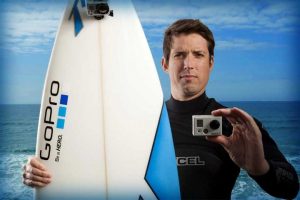
Brad Schmidt, a friend who would later become GoPro’s creative director, met Nick in Indonesia and made some suggested improvements including the need for a more durable camera, one that take the wear and tear of the sea.
Returning to California Woodman felt he was really onto something this time.
He borrowed $200,000 from his father, $35,000 and a sewing machine from his mother, which he would use to sew the different camera straps he tried while experimenting with early designs. He and his future wife, Jill generated an additional $10,000 by selling shell necklaces they bought in Bali.
Finally he had something he was happy with and he took his first product to market, a combination of a 35mm film camera developed by Hotax, Woodman’s custom wrist strap and camera housing and the new GoPro name and logo.
This time round Nick and his new brand were to prove a success.
It was to prove the right thing to do in more ways than he expected. While recharging his batteries he would identify a problem and in solving it would create the basis for a multi-million dollar brand.
In 2004, Woodman made his first big sale when a Japanese company ordered 100 cameras at a sports show.
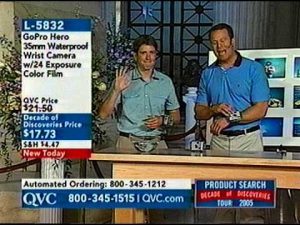
In 2005, Woodman appeared on QVC to sell his GoPro Hero.
Sales soared and by 2012, GoPro was selling over 2 million cameras a year. Along the way, the products have evolved and now include compact digital cameras that supports WiFi, can be remotely controlled, have better waterproof housing and record to a micro SD card.
In December 2012, the Taiwanese contract manufacturer Foxconn purchased 8.88% of the company for $200 million which set the market value of the company at $2.25 billion making Woodman, who owned the majority of the stock, a billionaire.[
On June 26, 2014, GoPro went public – closing the day at $31.34 a share.
In 2014, Woodman was the highest paid US chief executive, paying himself $235 million while GoPro earned profits of $128 million – not bad for a ‘failure’.
